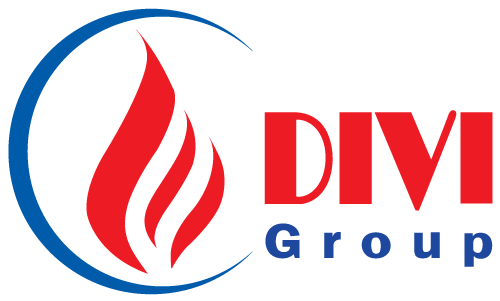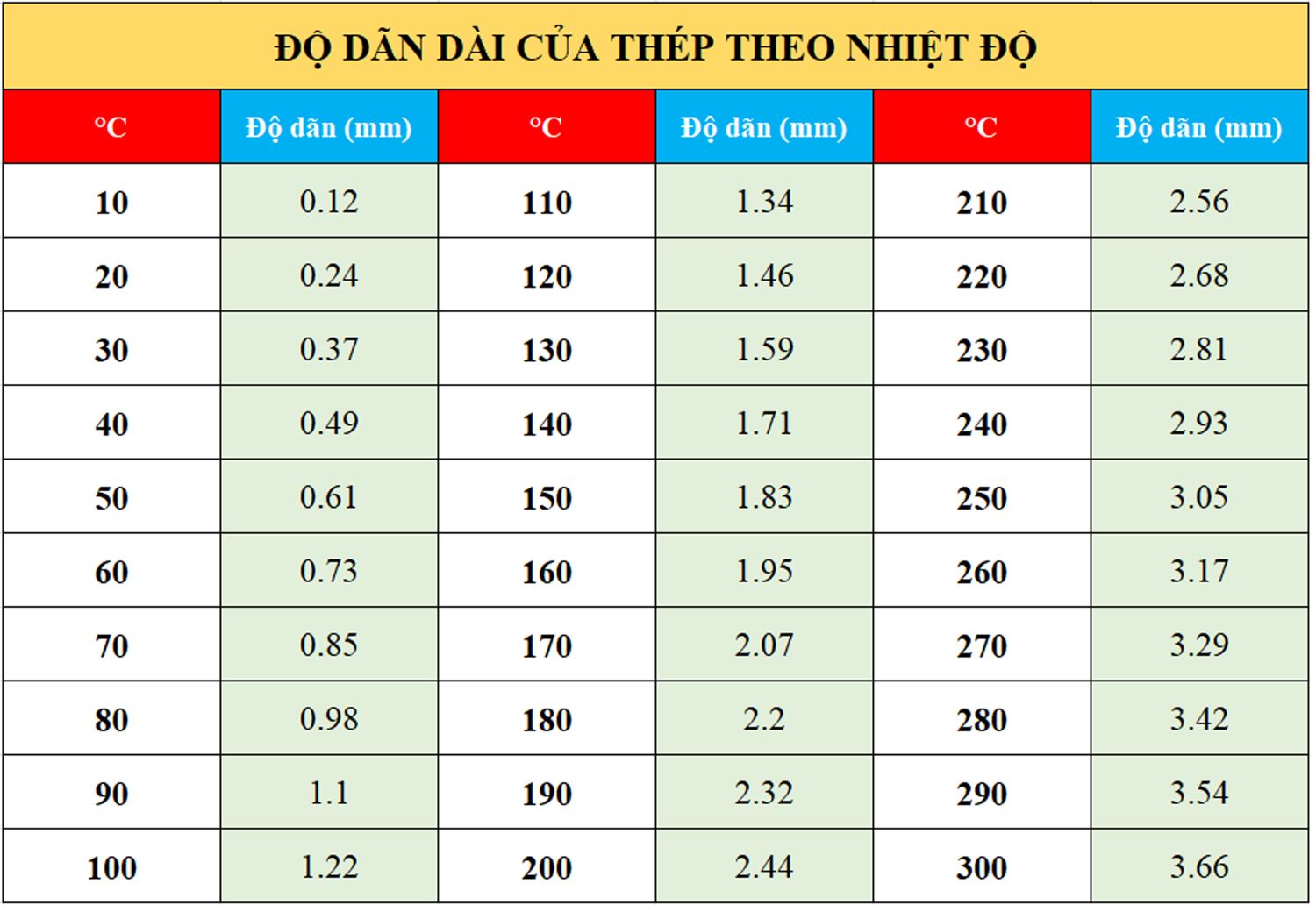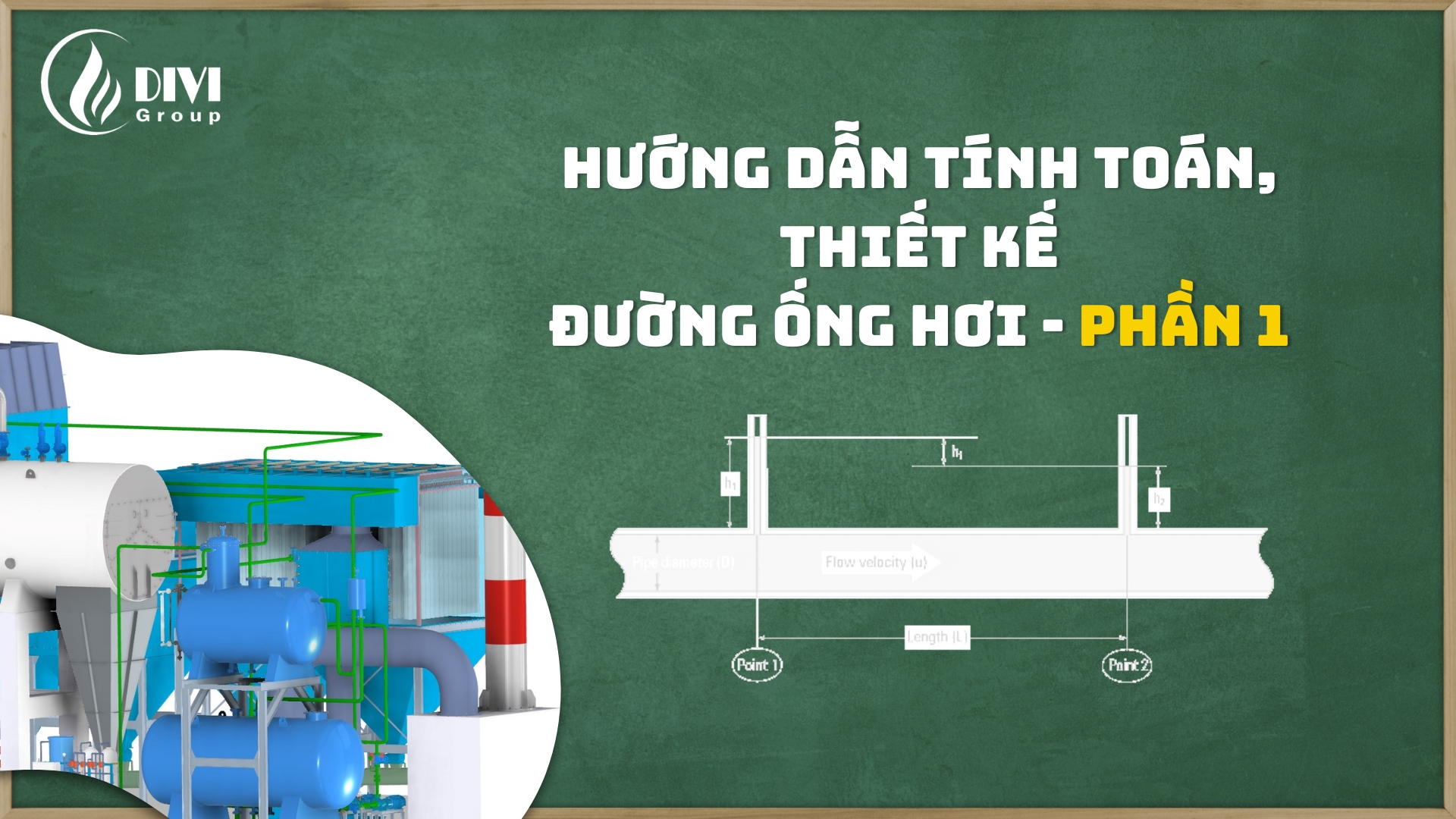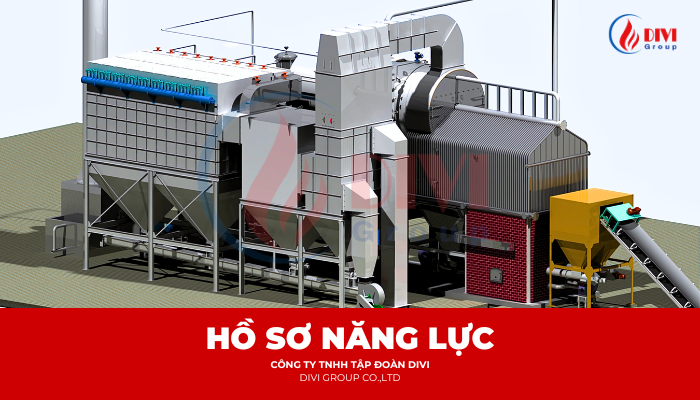Experience guide for flushing the bottom of the boiler
Welcome, esteemed readers, to an in-depth article on efficient and sustainable boiler operation. In the industry, boilers play a crucial role in generating steam for manufacturing processes. Maintaining efficiency and reliability of boilers, the bottom blowdown procedure is an indispensable step. Today, we delve into the importance of boiler bottom blowdown and how to correctly execute this procedure.
Why is Boiler Bottom Blowdown Necessary?
Boilers operate by transferring heat from the combustion of fuel to water, turning it into steam. Throughout this process, sediment accumulates at the boiler's bottom, negatively impacting heat exchange surfaces and overall performance. Periodic bottom blowdown is the sole and essential method to prevent this issue, thereby prolonging the boiler's lifespan.
Boiler Bottom Blowdown Procedure
Executing the bottom blowdown process requires caution, aiming to efficiently remove sediment without damaging the system. Here are the steps involved:
- Start with the blowdown valve: Open the blowdown valve 100% quickly to initiate the process.
- Adjust the block valve: Gradually open the block valve, allowing hot water to flow and dry the pipe. Care must be taken not to open too quickly to avoid thermal shock that could damage the system. Typically, opening about 1-2 turns of the valve is sufficient.
- Wait for the pipe to heat up: After waiting 15-30 seconds for the pipe to warm, proceed by locking the block valve.
- Close the blowdown valve: After the block valve is closed, proceed to close the blowdown valve.
- Re-open the block valve 100%: This crucial step ensures the system's pressure is balanced.
- Perform rhythmic opening and closing of the blowdown valve: Maintain opening and closing the blowdown valve at a rhythm of 3 to 5 seconds. This process enhances the effectiveness of sediment removal.
When and How Often Should You Perform Bottom Blowdown?
Deciding the timing and frequency of bottom blowdown depends on the boiler water quality indicators, including pH and Tds (Total Dissolved Solids). Water quality measurement devices should be calibrated weekly to ensure accurate readings.
- pH: A pH range of 10 to 12 indicates the necessary acidity/alkalinity level of the water.
- Tds: A Tds level below 3000 ppm is ideal, showing that sediment has been effectively removed.
Conclusion
The boiler bottom blowdown process is vital for maintaining operational efficiency and protecting the equipment from damage caused by sediment accumulation. Correct and periodic execution, based on water quality assessment, ensures your boiler operates steadily and efficiently. DIVI Group hopes this guide will be useful for readers in managing and operating boilers. We value all feedback and look forward to accompanying you on the journey towards optimal boiler performance.
>>> Please contact us
We are confident that DIVI Group will be your trustworthy partner in providing industrial boiler solutions.
For more detailed information about our products and services, please contact us through the following contact information:
DIVI GROUP CO., LTD. (DIVI GROUP)
+ Address: 588 Pham Van Chieu, Ward 16, Go Vap District, Ho Chi Minh City
+ Hotline: (+84) 942 488 818
+ Email: ceo@divigroup.com.vn
+ Website: www.divigroup.com.vn
Other document
-
What causes boiler explosion and how to eliminate it?
06/07/2022, -
Experience in dust filter xyclones
16/06/2022, -
Experience in water treatment for boilers
16/06/2022, -
Optimizing Boiler Fuel and Technology in Vietnam
05/10/2021,

 EN
EN













